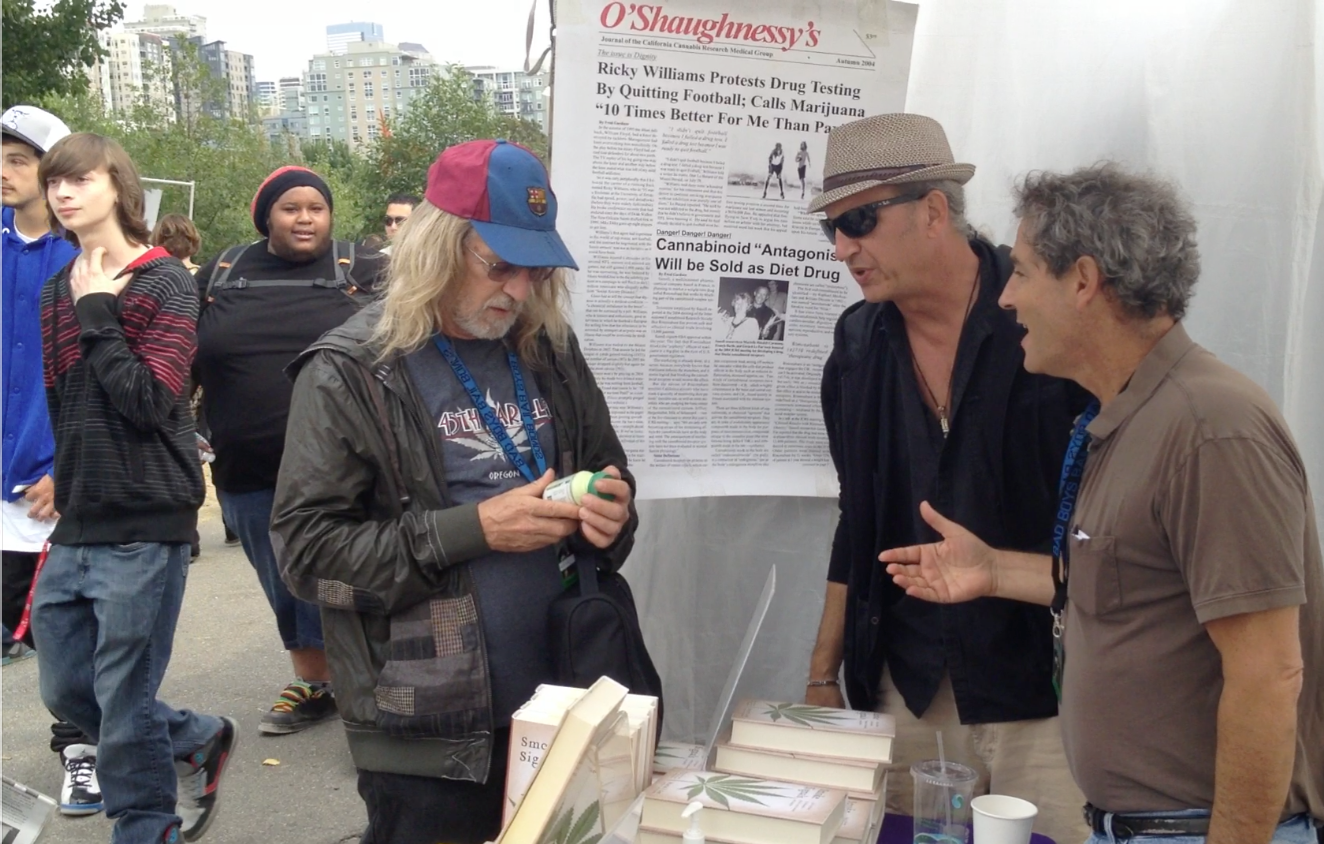Syngenta, the Swiss-based agrochemical giant (just acquired by ChemChina), wants the bee die-off blamed on the varroa mite instead of on the pesticides they manufacture. In 2012 an English bee expert named James Cresswell accepted funding from Syngenta (under heavy pressure from his employer, the University of Exeter). When his findings tended to exonerate the varroa mite, Syngenta leaned on him to revise his study. This low-key example is NY Times reporter Danny Hakim’s hook into a January 2 feature about the influence of corporate funding on scientific research. Major excerpts follow:
Scientists who cross agrochemical companies can find themselves at odds with the industry for years. One such scientist is Angelika Hilbeck, a researcher at the Swiss Federal Institute of Technology in Zurich. The industry has long since challenged her research, and she has been outspoken in challenging them back.
Going back to the 1990s, her research has found that genetically modified corn — intended to kill bugs that eat the plant — could harm beneficial insects as well. Back then, Syngenta had not yet been formed, but she said one of its predecessor companies, Ciba-Geigy, tried to stifle her research by citing a confidentiality agreement signed by her employer then, a Swiss government research center called Agroscope.
Many of the agreements highlight how regulators are often more like collaborators than watchdogs, exploring joint research and patent deals that they agree to keep secret.
One agreement between the U.S.D.A. and Syngenta, which came with a five-year nondisclosure term, covered things including “research and development activities,” “manufacturing processes” and “financial and marketing information related to crop protection and seed technologies.” In another agreement, a government scientist was barred even from disclosing sensitive information she heard at a symposium run by Monsanto.
The Agriculture Department, in a statement, said that without such agreements and partnerships, “many technological solutions would not make it to the public,” adding that research findings were released “objectively without inappropriate influence from internal or external partners.”
Luke Gibbs, a spokesman for Syngenta, which is now being acquired by the China National Chemical Corporation, said in a statement, “We are proud of the collaborations and partnerships we have built.”
Love that Atrazine
…If some scientists struggle to reconcile themselves with taking corporate money, others embrace complex business relationships.
James W. Simpkins, a professor at West Virginia University and the director of its Center for Basic and Translational Stroke Research, is one of many outside academics whom Syngenta turns to for research.
He has focused on the Syngenta product atrazine — the second most popular weed killer in America, widely used on lawns and crops — often co-authoring research with Syngenta scientists.
Atrazine, banned in the European Union, has also been controversial in America. Most notably, Syngenta started a campaign to discredit Tyrone B. Hayes, a professor it once funded at the University of California, Berkeley, when Dr. Hayes found that atrazine changes the sex of frogs.
Dr. Simpkins has had a different relationship with the company. In 2003, he appeared before American regulators on Syngenta’s behalf, saying that “we can identify no biologically plausible mechanism by which atrazine leads to an increase in prostate cancer.”
Dr. Simpkins was also lead author of a 2011 study finding no support that atrazine causes breast cancer. And last year, he was part of a small team of Syngenta-backed scientists that fought California’s move to require that atrazine be sold with a warning label. He also recently edited a series of papers on atrazine for Syngenta, garnering praise from a senior researcher at the company, Charles Breckenridge, who wrote in an email that the “papers tell a simple, yet compelling story.”
The depth of the financial intertwining of Dr. Simpkins and Syngenta was laid out in nearly 2,000 pages of email traffic, obtained by The Times after a Freedom of Information Act request. Not only does Dr. Simpkins receive research grants, but the company also pays him $250 an hour as a consultant for his work on expert panels, studies and manuscripts, records show. Syngenta even asked Dr. Simpkins to contribute to Dr. Breckenridge’s annual performance review….
A Critic and a Target
Some scientists labor outside the industry. It can be a difficult path.
Angelika Hilbeck worked for Agroscope, a Swiss agricultural research center, in the 1990s, when she began to examine genetically modified corn. The corn was engineered to kill insect larvae that fed on it, but Dr. Hilbeck found that it was also toxic to an insect called the lacewing, a useful bug that eats other pests.
Ciba-Geigy, a predecessor of Syngenta, had a confidentiality agreement with Agroscope, and insisted that she keep the research secret, she said. Confidentiality agreements are not unusual for Agroscope. In one such agreement obtained by The Times, the agency agreed to return or destroy corporate documents it received as part of a research project.
Dr. Hilbeck said she refused to back down and eventually published her work. Her contract at Agroscope was not renewed. An Agroscope spokeswoman said the episode took place too long ago to comment on.
Dr. Hilbeck continued as a university researcher and was succeeded at Agroscope by Jörg Romeis, a scientist who had worked at Bayer and has since co-authored research with employees from Syngenta, DuPont and other companies. He has spent much of his career trying to debunk Dr. Hilbeck’s work. He followed her lacewing studies by co-authoring his own, finding that genetically modified crops were not harmful to the lacewing.
Next, after Dr. Hilbeck co-wrote a paper outlining a model for assessing the unintended risks of such crops, Dr. Romeis was lead author of analternative approach with a Syngenta scientist among his co-authors.
Then, in 2009, Dr. Hilbeck was an author of a paper looking at risks to ladybug larvae from modified crops. Dr. Romeis followed by co-authoring a study that found “no adverse effects” to ladybug larvae. In subsequent publications, he referred to work by Dr. Hilbeck and others as “bad science” and a “myth.”
“They were my little stalkers,” Dr. Hilbeck said. “Whatever I did, they did.”
In an interview, Dr. Romeis, who now leads Agroscope’s biosafety research group, said, “Her work does not affect our mission in any way,” adding that the idea of researching the effects of genetically modified crops was “not patented by her.”
Refereeing a scientific dispute is difficult. But Dr. Romeis and his collaborators do seem preoccupied with Dr. Hilbeck’s work, judging from a review of email traffic between Agroscope and the U.S.D.A. obtained by The Times after a Freedom of Information Act request.
On Jan. 6 the Times published a letter from Syngenta’s CEO protesting Hakim’s expose and an earlier article suggesting a link between the herbicide paraquat and Parkinson’s.





